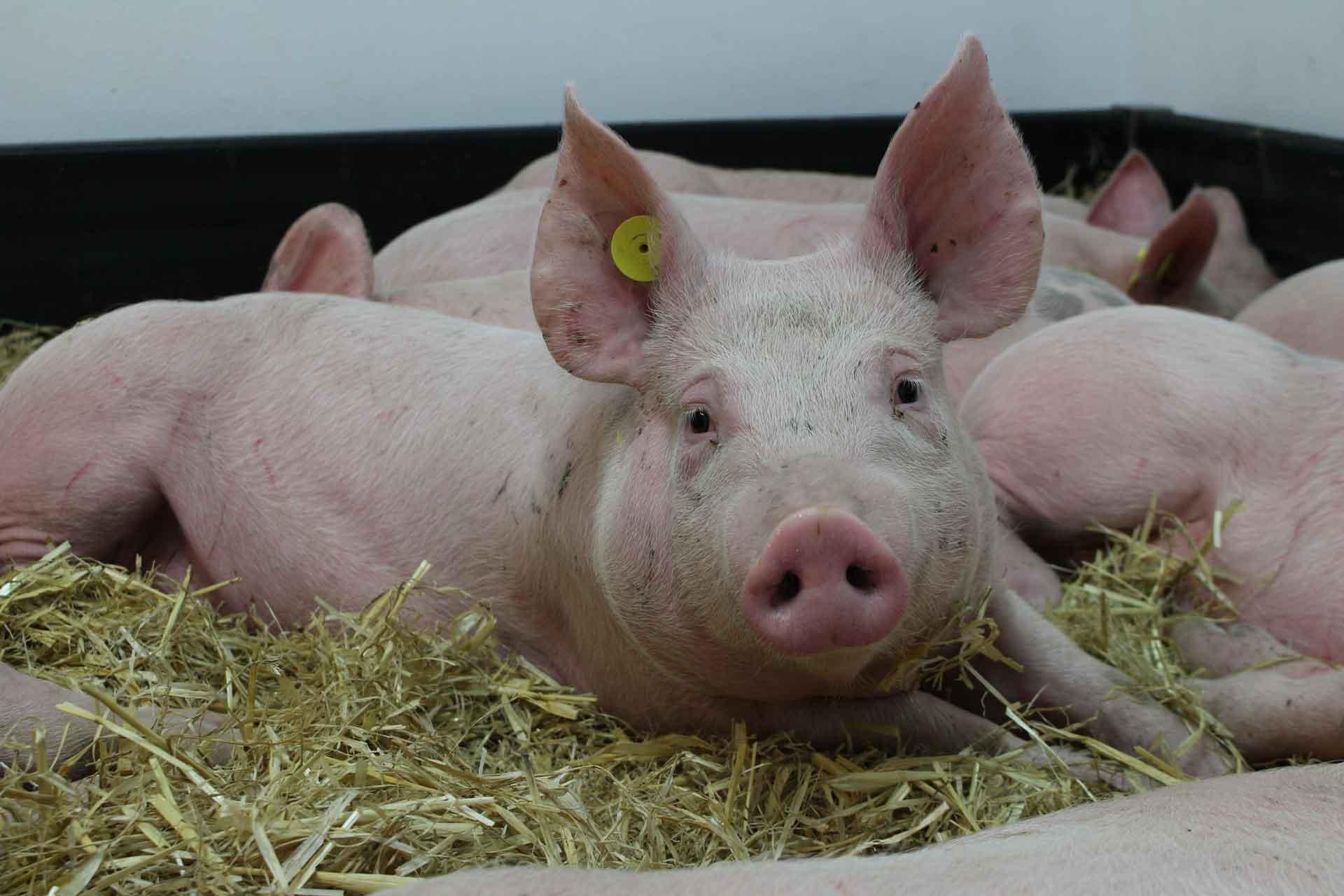African swine fever (ASF) continues to spread throughout eastern and central Europe, and China has now recorded its first outbreak. China is home to over half the world’s pig population (around 500 million pigs) so any potential spread throughout China and neighbouring countries would be devastating. With no available vaccine, how can research organisations and policy makers limit the damage caused by this deadly pig disease?
ASF is caused by the highly infectious ASF virus (ASFV) and can result in fatality rates of up to 100%. ASFV does not cause disease in humans, but it does pose a significant threat to food security and has a substantial impact on the economy, especially on trade and farming.
Control measures in China have so far been effective, but at a high price – over 8,000 pigs have been slaughtered in a bid to rapidly contain the outbreak. However, this action is necessary; if ASF were to circulate in such a substantial pig population, neighbouring countries would be at risk as would other parts of the world through global trade and movement of infected pork products by people travelling internationally.
The lack of vaccine makes the control of ASF outbreaks substantially more difficult, particularly due to the many transmission routes available, which have varying impacts depending on the region.
Wild boar act as a natural reservoir for ASF and can spread the disease to domestic pig farms. Even after diseased boars die, their carcasses can remain infectious for long periods given the right conditions. In Eastern Europe, wild boar culling has been employed in countries that are experiencing outbreaks, such as the Czech Republic, Romania and Hungary. Authorities in Germany, Denmark and Bulgaria have also adopted this measure in hopes of reducing the number of boar that are able to carry the disease across borders, in addition to border fence improvements.
ASFV can also be transmitted by ticks that feed on infected warthogs in Africa, although this is not a route of transmission that is likely to cause European outbreaks. The main concern for ASF free countries in Europe is the ability for the disease to spread through the consumption of infected meat by pigs. The virus is able to survive in frozen meat for months or even years, so stringent import regulations for pork products are an essential preventative measure.
The Animal and Plant Health Agency (APHA) has reiterated that it is illegal to feed domestic food waste or catering waste of any description to farm animals in the UK. This includes all pigs, whether kept commercially, on small holdings or as pets. Read the APHA announcement on the government website. To raise awareness amongst veterinarians and farmers, Pirbright scientists have collaborated with APHA to produce a resource which details the clinical signs of pigs infected with ASF.
Dr Linda Dixon, African swine fever expert at Pirbright, said: “We hope that by creating resources such as these, we can increase the likelihood of vets and farmers identifying the disease quickly should an outbreak occur in the UK. Thorough surveillance and rapid diagnosis of ASF are essential for its control, services which Pirbright provides globally as the World Organisation for Animal Health (WOAH) Reference Laboratory for ASF. Using our expertise, we can advise Defra and OIE as well as improving tests to detect the virus more accurately and rapidly.”
Pig keepers across Europe have also been urged to ensure their biosecurity measures are robust in order to help prevent infection. Routinely providing dedicated clothing and boots for workers and visitors, limiting visitors to a minimum, and preventing outside vehicles which may be contaminated from coming on to pig premises, are valuable procedures for keeping out African swine fever.
“African swine fever is a globally emerging disease that is particularly worrying due to the broad spectrum of transmission routes for domestic and wild pig breeds affected,” said Jef Grainger, Head of Sector Bioscience for Health, BBSRC. “With no existing means of control beyond strict biosecurity and eradication measures, there are clearly enormous economic, social and animal welfare costs associated with its spread.”
ASF has continued to march on, which has made research into this disease increasingly important. Pirbright scientists are working to better understand how the virus evades the host’s immune system and how it is transmitted, which will aid the researchers’ ability to develop vaccines.
The hunt for a safe and effective vaccine has recently been advanced by researchers led by Dr. Dixon. The team screened ASF genes for their ability to produce proteins that create an immune response in pigs, and they are now looking to incorporate the most promising genes into a vaccine. For more information on this research, see our ASF gene insertion article.
The same team have found another promising vaccine candidate by genetically modifying the ASF virus so that it had a reduced ability to cause infection—known as a live-attenuated vaccine. Pigs that were exposed to the modified strain were protected against further infection by a natural ASF virus, indicating this method could be developed further to create a new vaccine. To read about this research, visit our genetically altered ASF vaccine article.
For more information about the disease visit www.pirbright.ac.uk/asfv
